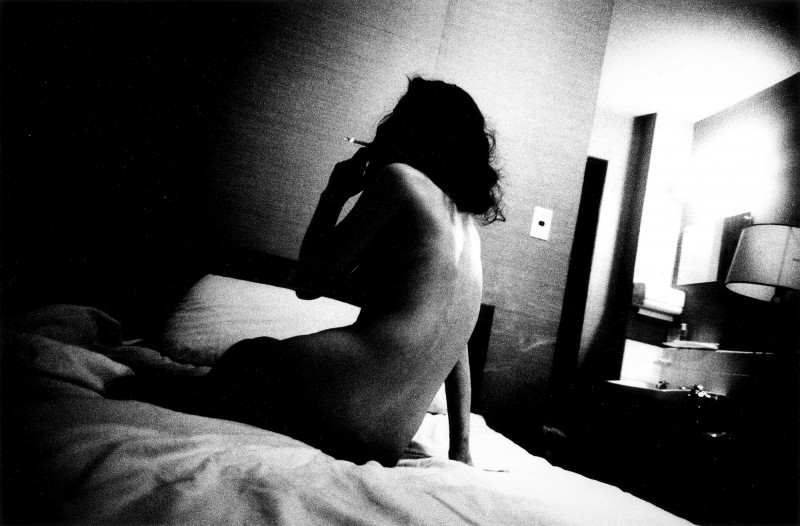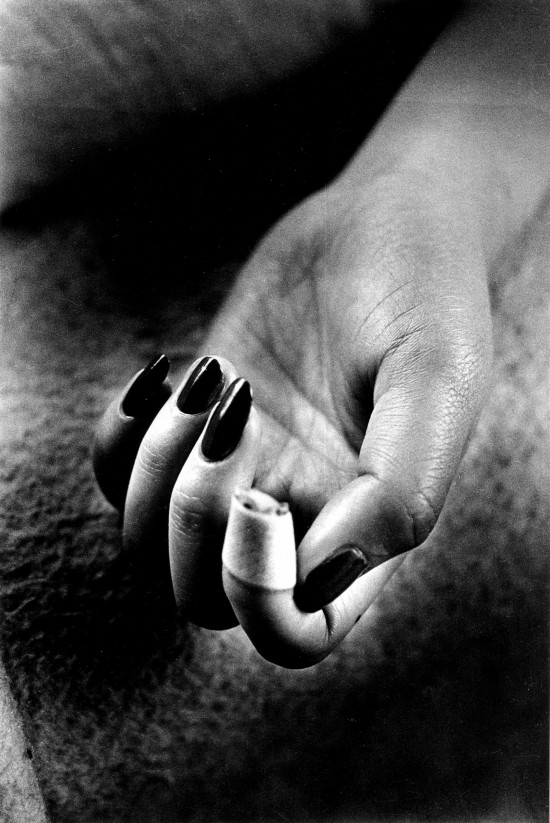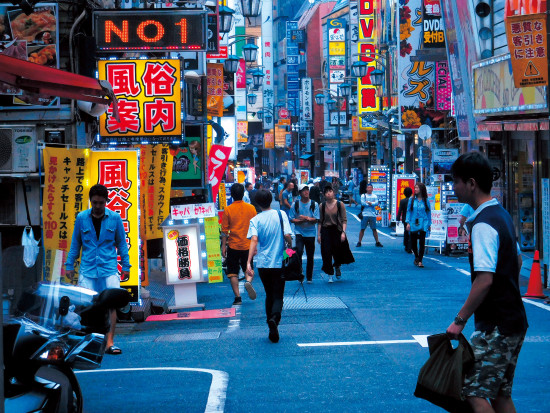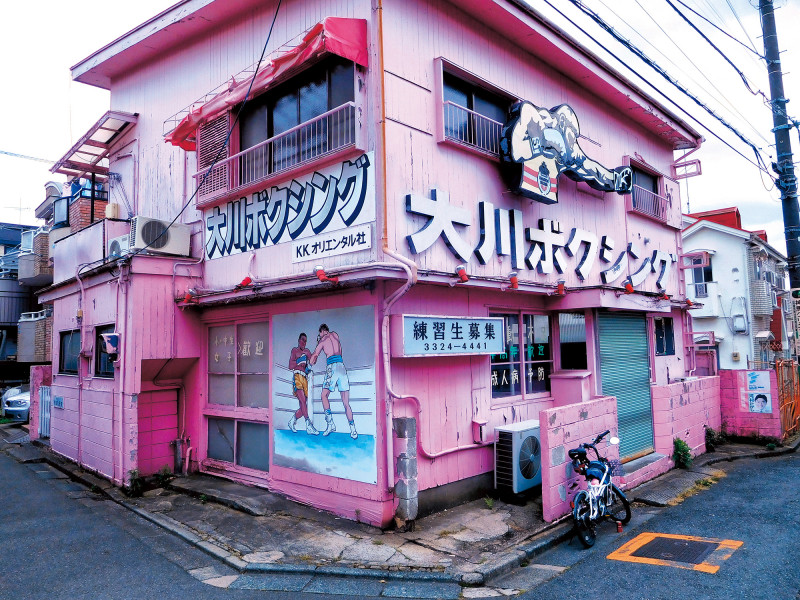Daido Moriyama and Shomei Tomatsu at MAXXI Rome
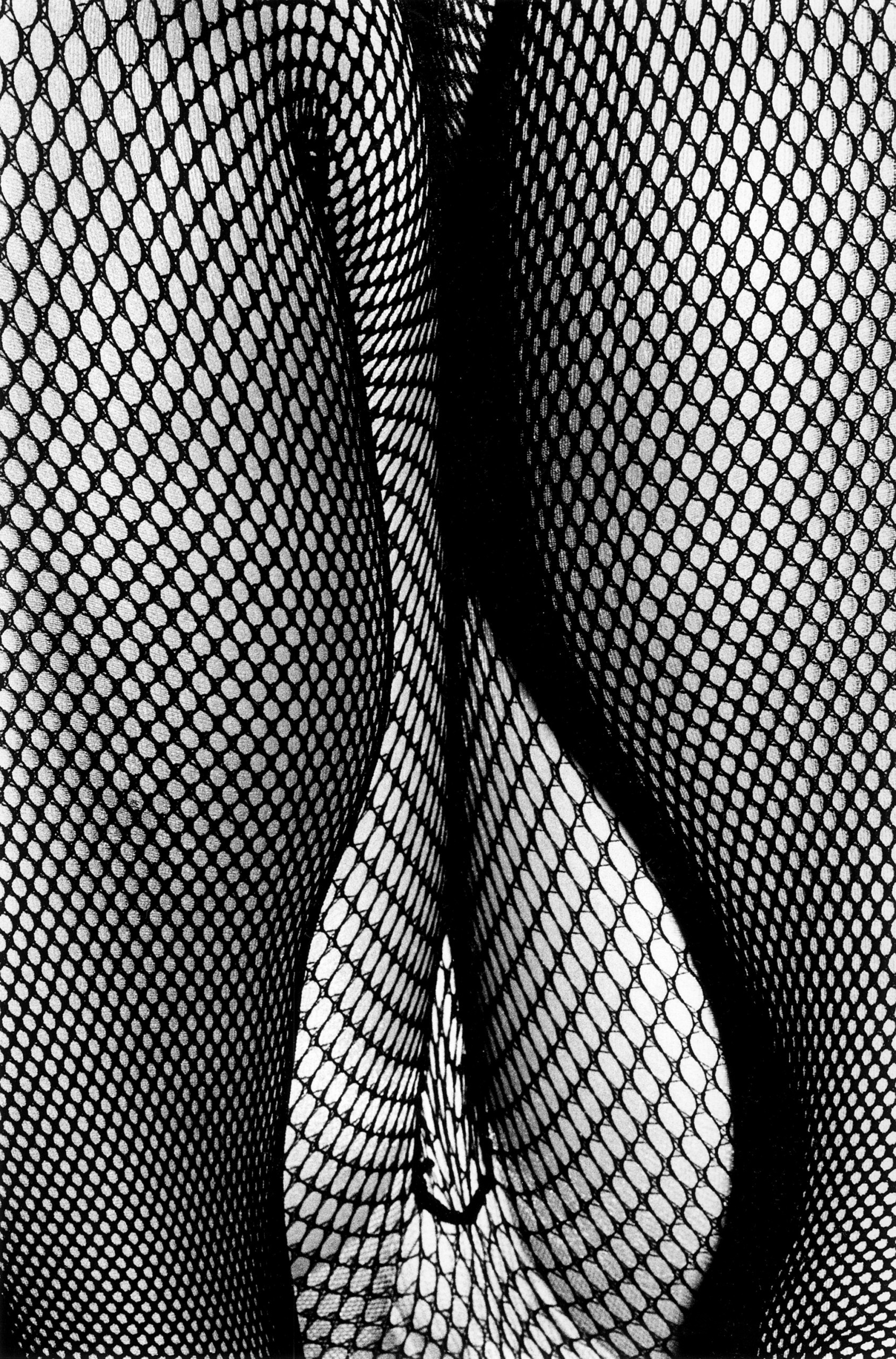
MAXXI's museum, Rome replayed the exhibition Moriyama - Tomatsu : Tokyo presented at the MEP in 2021 and invites its audiences to "re-visit" Tokyo within Daido Moriyama with Shomei Tomatsu – Tokyo Revisited.
L'exposition
Tokyo is one of the most fascinating cosmopolitan cities in the world, offering an infinite wealth of inspiration for artistic creation. Daido Moriyama and his master Shomei Tomatsu have always been committed to exploring the situations of post-war Japanese society and its contemporary evolution.
Tomatsu works by capturing socially and politically engaging scenes. On the other hand, Moriyama likes to immerse himself in the joy and excitement produced by consumer society. However, both artists share the same vision of photography, as a way of life and not just as an artistic genre.
Visitors are invited to physically “revisit” Tokyo, connecting it to Roman reality: a city balanced between eternal negotiation with its historical ruins and futuristic projections for tomorrow.
Les artistes
Daido Moriyama
Daido Moriyama was born in 1938 and grew up in Osaka. At the age of twenty, he studied photography with Takeij Iwamiya, whose studio was one of the most renowned in the Kansai region. In 1961, he left for Tokyo, aiming to join the VIVO agency, which had gathered the best photographers at the time. Unfortunately, its members had just split up. It is on that occasion that he met one of its founders, Shomei Tomatsu whose influence would be crucial to him and who he would come to regard as his mentor.
However, despite the strong influence of Tomatsu, and of Eikoh Hosoe, whose assistant he became, Moriyama quickly set himself apart from his peers and set
out to break down the traditional approaches to photography, moving away from documentary realism to create grainy, high–contrast images. Are–Bure–Boke, i.e. grainy, blurred, out of focus: these three terms best describe the aesthetics of Japan’s new guard of young photographers in the late 1960s: an aesthetic that permeated Provoke magazine, which Moriyama joined for its second issue, and which came to be exemplified in his 1972 book Farewell Photography.
Inspired by William Klein’s book on New York, which left a lasting impression on
him, Moriyama confronted the city as a subject, taking photos, or ‘snapshots’ as
he continues to call them, on a daily basis. A lifelong practice for Moriyama, he has continued to capture the darker sides of towns, such as the nightlife hotspots in Shinjuku, Tokyo, whose streets and paths he constantly roams but also travelling to cities throughout the world. Moriyama is rightly regarded as one of the greatest living photographers.
Shomei Tomatsu
Shomei Tomatsu (1930–2012) was one of the most influential figures in Japanese post–war photography. He completely re–formulated the notion of documentary practice and was, in 1959, a founding member of the VIVO photographic agency and in 1974, he helped established the WORKSHOP Photo School, working with Nobuyoshi Araki, Masahisa Fukase, Eikoh Hosoe and Daido Moriyama.
In his photographic work, Tomatsu was often concerned with issues arising from the post–war occupation, and what he saw as the consequent Americanisation of his country, and its impact on Japanese lifestyle and culture. His work on the aftereffects of the atomic bombing of Nagasaki, which was published in 1966, is exemplary of his practice, in which each image has been freed from conventional narrative content, and made a significant impact, after years of censorship about the reality of the event. In the 1960s, he documented the student protest movements in Japan and the nightlife in the Shinjuku quarter of Tokyo. His style, which, again, was distanced from narrative conventions, was to make Tomatsu the emblematic figure for an entire generation.
His photobooks of the series “Chewing Gum and Chocolate”, “Oh Shinjuku” and “11:02 Nagasaki” are considered to be among the most influential works in the genre.
